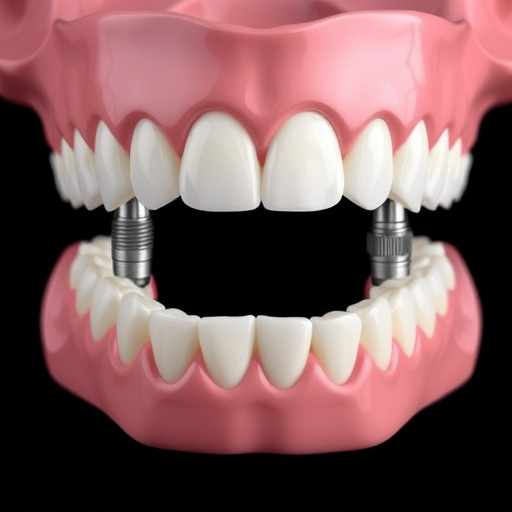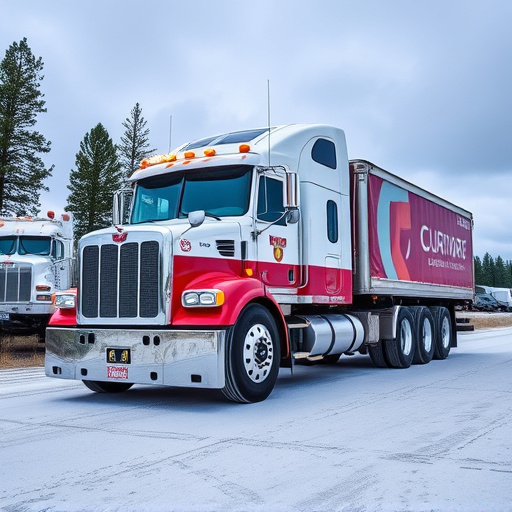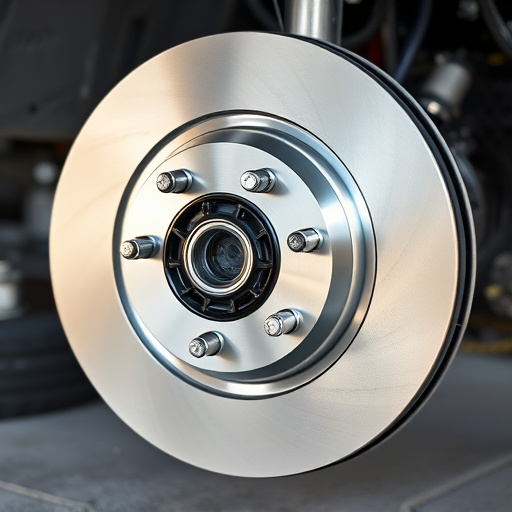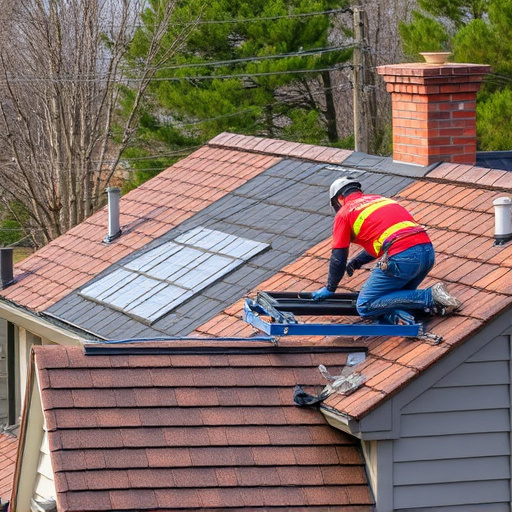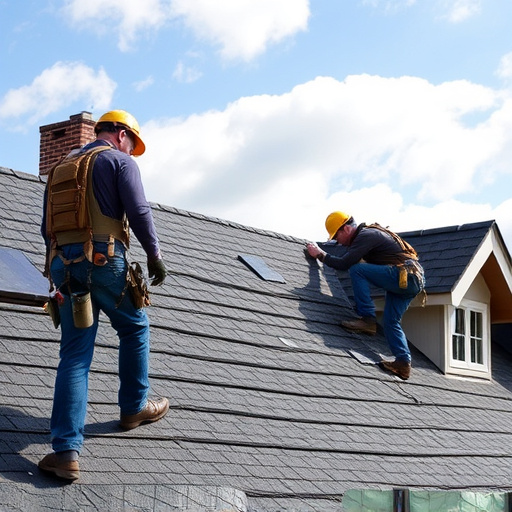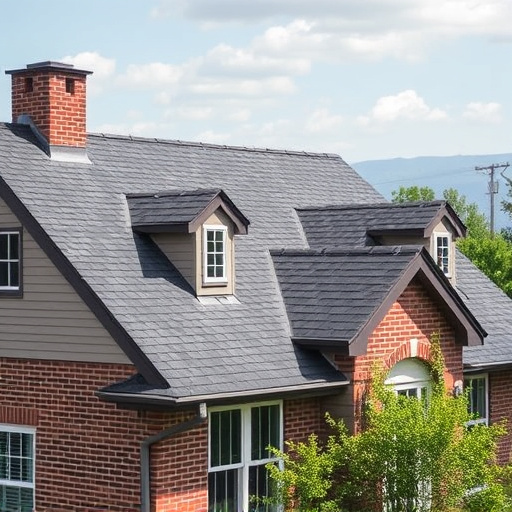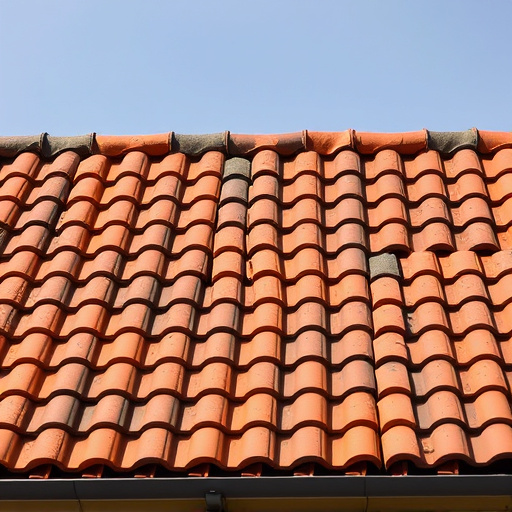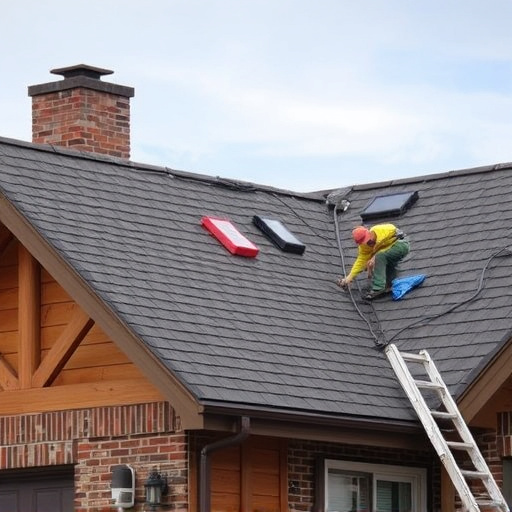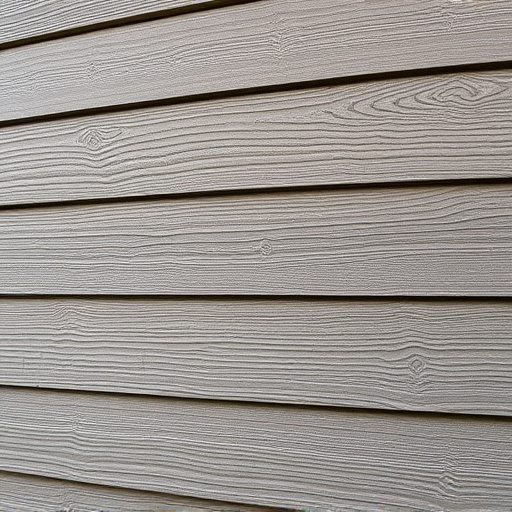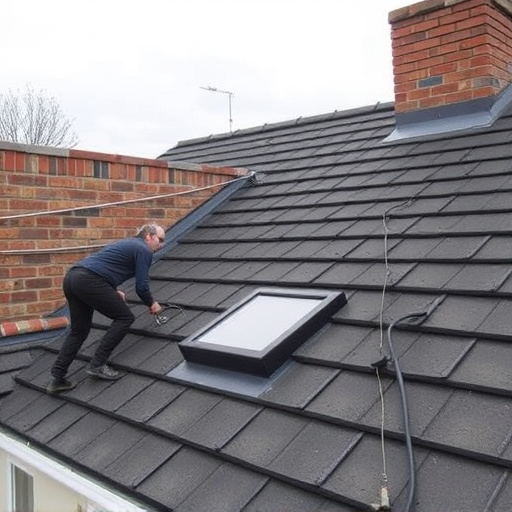Vinyl siding is a popular, efficient, and cost-effective home exterior upgrade known for its durability, versatility, insulation properties, and low maintenance. It offers significant energy savings by trapping heat in colder months and keeping interiors cool in warmer climates, reducing the workload on heating/cooling systems. Proper installation, including sealed windows/doors, enhanced insulation styles, efficient gutters, and drainage systems, maximizes savings. Both residential and commercial buildings can benefit from vinyl siding to regulate temperatures and cut operational costs, making it an environmentally conscious choice for those seeking energy efficiency.
“Discover how vinyl siding can transform your home’s energy efficiency with this comprehensive guide. From understanding the material to its surprising benefits, we explore why vinyl siding is a popular choice for eco-conscious homeowners. Learn how it acts as a barrier against extreme temperatures, reducing heating and cooling costs significantly.
We’ll delve into practical tips on incorporating vinyl siding, offering insights to maximize energy savings quickly and effectively.”
- Understanding Vinyl Siding and Its Basic Benefits
- How Vinyl Siding Specifically Contributes to Energy Efficiency
- Quick Tips for Incorporating Vinyl Siding for Energy Savings
Understanding Vinyl Siding and Its Basic Benefits
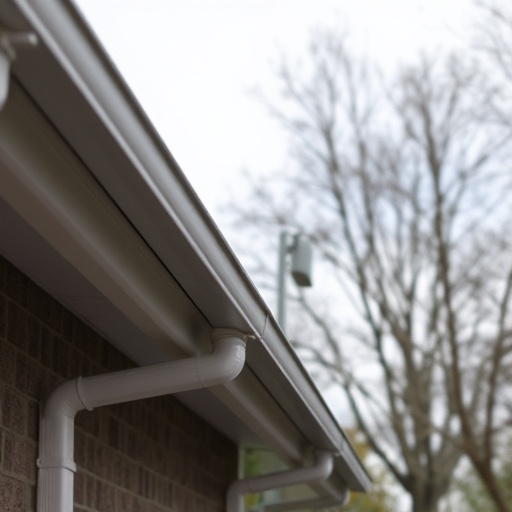
Vinyl siding has emerged as a popular choice for homeowners seeking efficient and cost-effective exterior home improvements. This durable material is known for its versatility and ability to transform the look of a home while offering significant energy savings. Understanding the basic benefits of vinyl siding is crucial in today’s market, where sustainability and long-term savings are at the forefront of many consumers’ minds.
One of the key advantages lies in its insulation properties. Unlike traditional materials, vinyl siding provides an effective barrier against heat transfer, helping to keep homes warmer during winters and cooler in summers. This simple yet powerful feature significantly reduces energy consumption for heating and cooling, resulting in substantial long-term savings. Furthermore, vinyl siding is low maintenance, resistant to fading, and easy to clean, making it a practical choice for busy homeowners. With its longevity and ability to protect against the elements, vinyl siding offers a reliable solution for those considering a siding replacement, ensuring a comfortable and energy-efficient living space.
How Vinyl Siding Specifically Contributes to Energy Efficiency
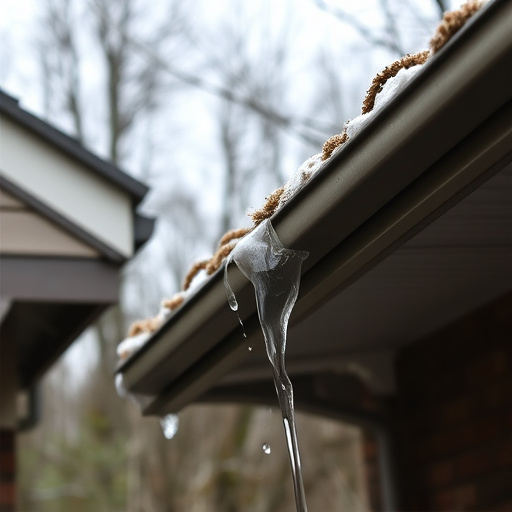
Vinyl siding plays a significant role in enhancing energy efficiency for both residential and commercial properties. Its unique properties make it an excellent choice for homeowners and businesses looking to reduce energy consumption and lower utility bills. One of the key ways vinyl siding contributes to energy efficiency is through its insulation capabilities. Unlike traditional materials, vinyl siding offers superior thermal resistance, effectively trapping heat during colder months and keeping interiors cool in warmer climates. This property reduces the workload on heating and cooling systems, leading to significant energy savings.
Furthermore, the smooth and tight-fitting nature of vinyl siding creates an airtight barrier around a building’s exterior. This prevents temperature-controlled air from escaping, which is a common issue with poorly sealed roofs and walls. By minimizing heat transfer, vinyl siding helps maintain consistent indoor temperatures, reducing the need for excessive heating or cooling. When combined with proper installation techniques and other energy-efficient roofing and siding solutions, vinyl siding can contribute to overall energy conservation, making it a practical choice for environmentally conscious individuals seeking cost-effective and sustainable roofing options.
Quick Tips for Incorporating Vinyl Siding for Energy Savings
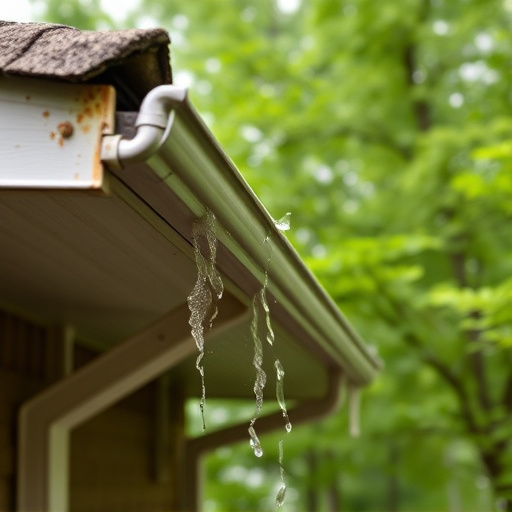
Switching to vinyl siding is a smart move for homeowners looking to boost their energy efficiency fast. This durable material offers excellent insulation, helping regulate indoor temperatures and reducing heating and cooling costs. To maximize savings, consider these quick tips when incorporating vinyl siding:
First, ensure proper installation. Tight seals around windows and doors prevent drafts, enhancing energy conservation even further. Secondly, choose a style with added insulation features for an extra layer of protection against extreme weather conditions. Lastly, pair your new siding with efficient gutters and drainage systems to maintain optimal airflow around your home’s exterior, contributing to overall energy performance. Commercial siding options can also be a game-changer for businesses seeking to reduce operational costs, especially in larger buildings or structures where maintaining consistent temperatures is crucial. Home exterior services that specialize in vinyl siding installation can guide you through the process, ensuring both aesthetic appeal and significant long-term savings.
Vinyl siding, a popular choice for homeowners, offers more than just aesthetic appeal. Its role in enhancing energy efficiency is significant, as discussed in this article. By understanding how it works and implementing some simple tips, you can quickly reduce energy costs and create a more comfortable living environment. Vinyl siding’s ability to insulate, resist moisture, and reduce heat transfer makes it an excellent investment for any home, ensuring long-lasting comfort and savings.


